Assistant Curator, Janet Birkett, remembers the late director, Sir Peter Hall, who died on 11th September 2017.
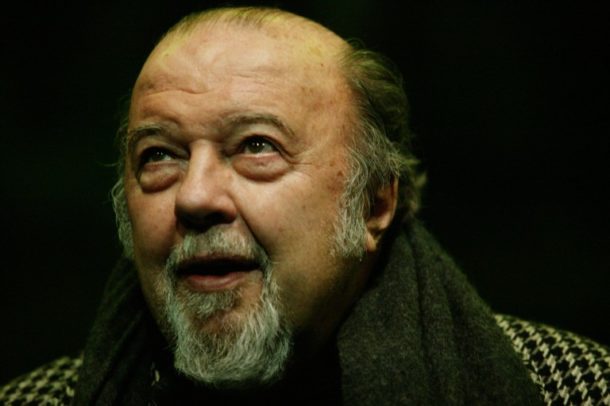
The British theatre would look very different without Peter Hall. Hall founded the Royal Shakespeare Company in 1960, running the theatre in Stratford and acquiring the Aldwych Theatre as the company’s London base. Having established one major, internationally acclaimed company, he turned his attentions to a second and in 1973 became director of the National Theatre, overseeing its move from the Old Vic to Denys Lasdun’s landmark building on the South Bank. Standing down in 1988, he created the Peter Hall Company, staging productions in Britain and around the world, and in 2003 became the founding director of the Rose Theatre, Kingston. In a career spanning almost 60 years he championed contemporary drama, promoting the work of Beckett, Pinter and Peter Shaffer, revitalised Shakespeare and the classics, and was celebrated as a director of opera.
Peter Hall’s work is represented throughout the collections of the Theatre and Performance department, with programmes and reviews, costumes, designs and drawings, posters and photographs documenting his many productions.

In 1955 Hall directed the premiere of the English translation of Samuel Beckett’s Waiting for Godot at the Arts Theatre. It baffled audiences who expected naturalistic drama, was lauded in the Sunday press and received the specially created Evening Standard ‘Most Controversial Play of the Year’ Award. Now regarded as a modern masterpiece, it launched Hall’s career. He revisited the play for the Peter Hall Company in 1997 and, again, for the play’s 50th anniversary, in 2005.
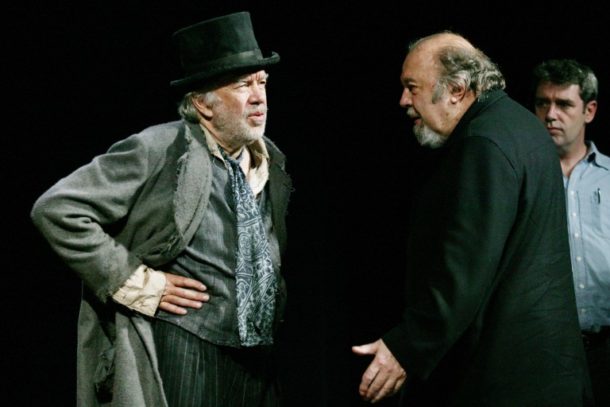
At the start of Hall’s Stratford tenure, the press was not universally approving. In a 1960 letter to playwright Christopher Fry and his wife, held in the Theatre and Performance’s Christopher Fry archive, he expressed the hope that ‘I shall make them understand my aims in time’ (THM/319/9/128). Hall planned that the company would stage both Shakespeare and modern work, with the actors’ experience of one informing the other. He went on to direct a string of outstanding productions, which included the premiere of Pinter’s The Homecoming, The Wars of the Roses (an adaptation of the Henry VI plays and Richard III), and Hamlet with David Warner as the archetypal student prince.

Hamlet was another play to which Hall returned. In 1975 he directed Albert Finney for the National Theatre at the Old Vic, and the production opened the Lytttelton Theatre on the South Bank in the following year. The National Theatre saw a succession of notable productions by Hall.
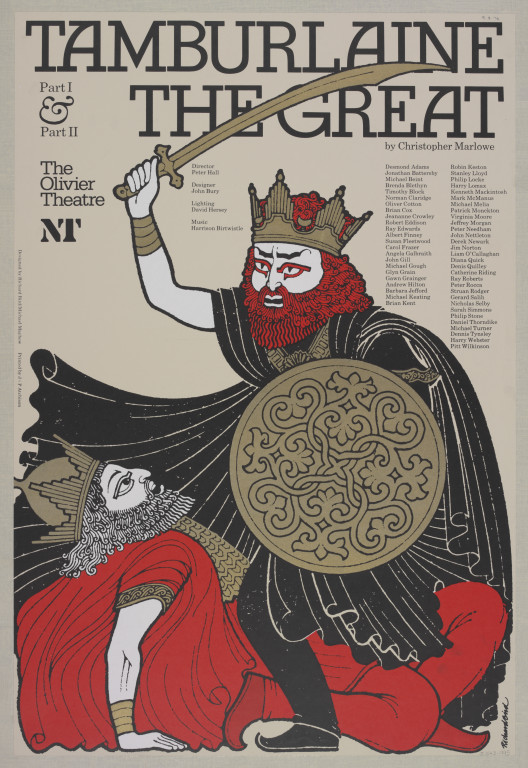
The Olivier Theatre opened with Marlowe’s Tamburlaine, John Gielgud and Ralph Richardson starred in Pinter’s No Man’s Land, Paul Scofield was a memorable Salieri in Peter Shaffer’s Amadeus and, providing some lighter relief, there was the premiere of Ayckbourn’s Bedroom Farce.
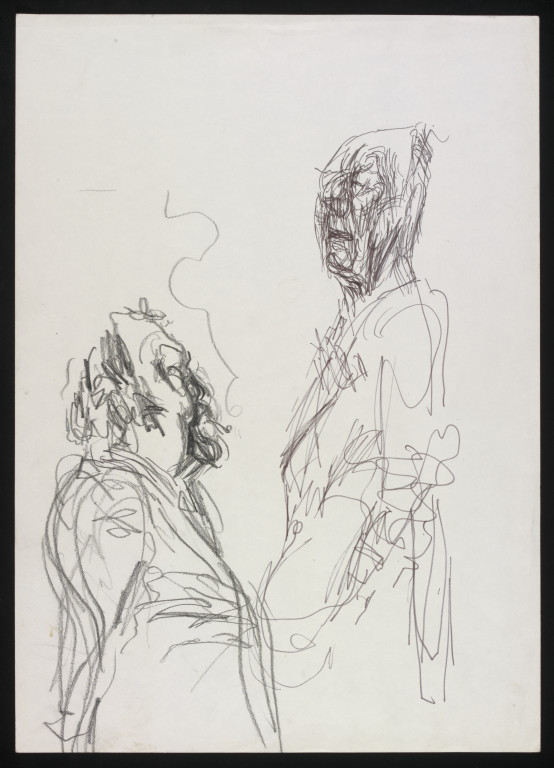
Hall’s exploration of the classics continued with The Oresteia, played by a masked all-male cast, and with a Veronese-style Antony and Cleopatra, starring Anthony Hopkins and Judi Dench. His National Theatre swansong was a trio of Shakespeare’s late plays in 1988.
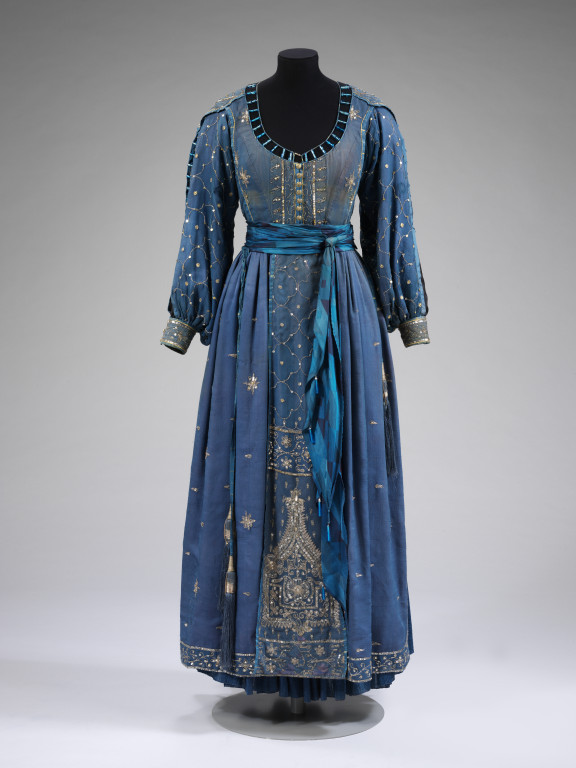
Hall developed a parallel career as a director of opera, making his operatic debut with the British premiere of Schoenberg’s Moses and Aaron at Covent Garden in 1965. This marked the beginning of a long association with the Royal Opera House, where his work encompassed standards of the repertoire and new work. In 1970 he directed the world premiere of Michael Tippett’s The Knot Garden. His last Covent Garden production was a revival of his production of Britain’s Albert Herring, which he had originally directed at Glyndebourne where he was artist director from 1984 to 1990. Among his Glyndebourne productions was Britten’s A Midsummer Night’s Dream, first staged in 1981 and frequently revived, which was hailed as definitive.

Hall’s final stage productions were Twelfth Night for the National Theatre and both parts of Henry IV at Bath Theatre Royal in 2011.
To see more examples from V&A Theatre and Performance Collections visit Search the Collections and Search the Archives.

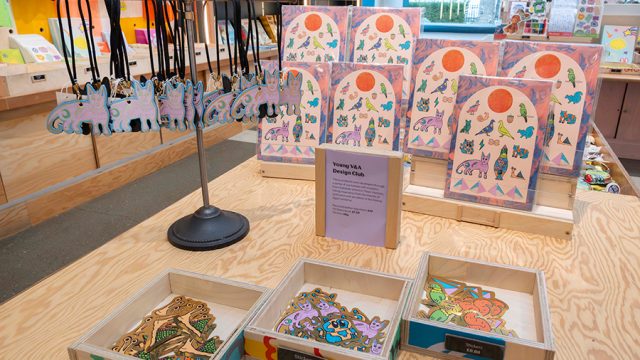


I feel really happy to have seen your webpage